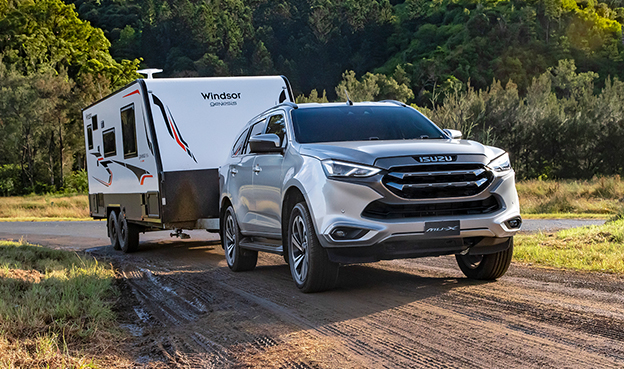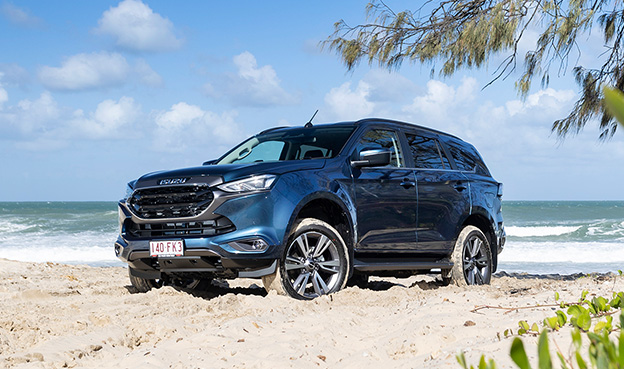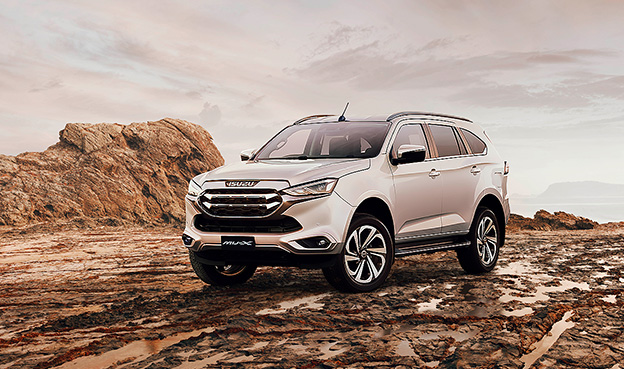

Destined to be the world’s first diesel-powered sportscar, the 117 Coupé prototype stuns the Swiss.
It’s one of the most memorable years in automotive history. Two-time world champion Jack Brabham formed his own F1 team, built his own car and won a third title… at the age of 40. An irate Caroll Shelby bested Ferrari at Le Mans. America controversially mandated seat belts and reversing lights, and in the European home of yodelling, clocks and banking, an unexpected debut lit up Geneva.

It was 1966 and storied Italian master designer Giorgetto Giugiaro—then working at Ghia—was approached by Isuzu to produce a sporty two-door halo model. As noted by Road & Track magazine, “plenty of Japanese automakers were building small, four-seat, rear-wheel drive cars in the ’60s, but none featured Italian design. Isuzu’s 117 Coupé was the first of its kind, and remains one of the most beautiful Japanese cars ever made.”
Named Car Designer of the Century in 1999, Giugiaro’s pencil case spawned such iconic shapes as the De Tomaso Mangusta and Maserati Ghibli to the Volkswagen Golf and, DMC DeLorean. His 117 Coupé is a breathtaking combination of flowing silhouette, defined edges and effortless fastback roof. With a dual-overhead cam four-pot, electronic fuel injection, independent suspension at the front and a live axle at the rear, it proved both wildly popular (more than 86,000 were built) and enduring (production ran for an outrageous 13 years).

The genius of Giugiaro, meanwhile, extended beyond automotive. His other works include camera bodies for Nikon, Lausanne Cathedral’s 7000-pipe organ and, in 1983, a new shape of pasta, the Marille. It failed. Unlike the 117.
Indeed, when a diesel variant arrived in 1979, the world’s first oil-burning sportscar had arrived.





